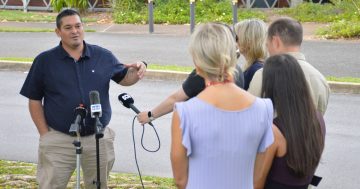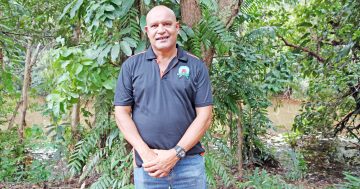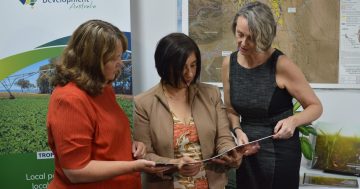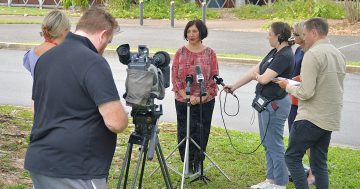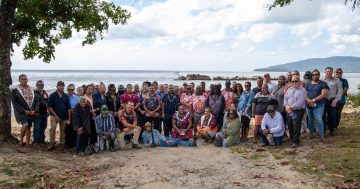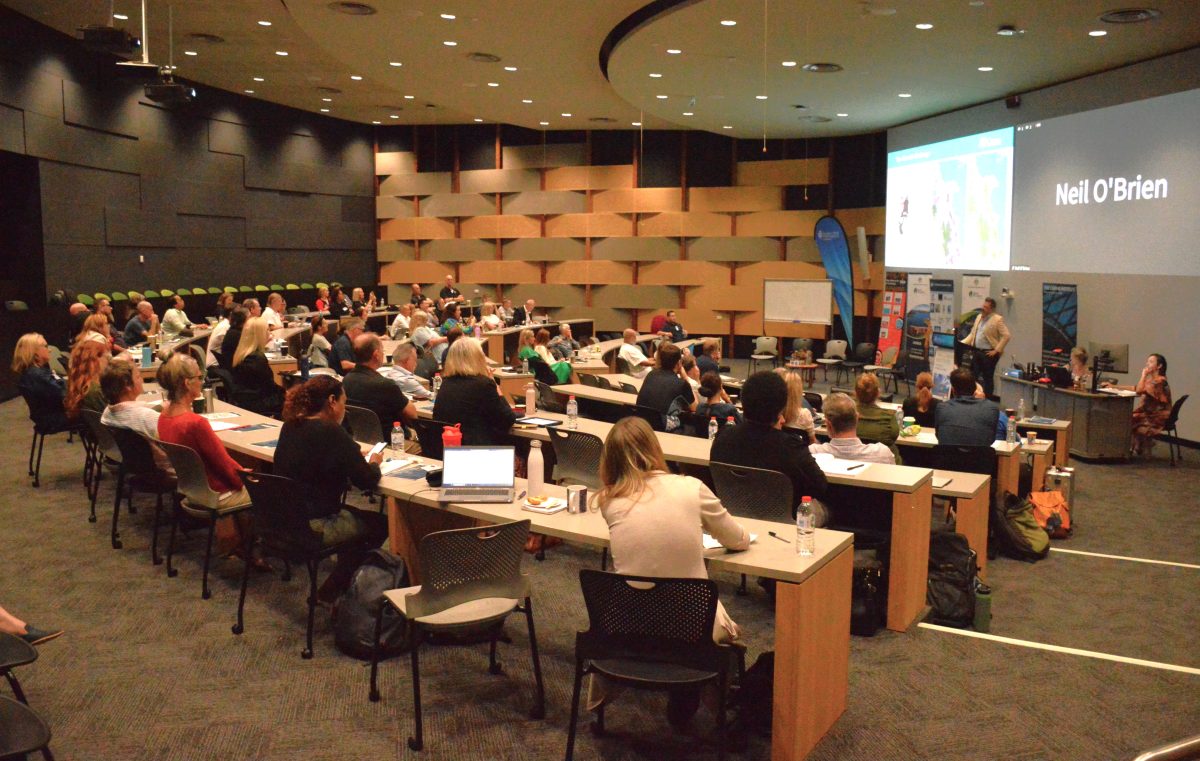
While more than 100 government, not-for-profit and private sector stakeholders attended the 31 July Tropical North Queensland Housing Summit, editor Lyndon Keane says meaningful solutions to the crisis can be achieved if four simple steps are followed. Photo: Cape York Weekly.
There were two unequivocally recurring themes with whomever you spoke to at last week’s Tropical North Queensland Housing Summit: one, that describing the housing situation in the northernmost part of the state as a crisis is no longer cutting the mustard and, two, unity is required for any genuine change to be noticed on the ground.
You don’t have to look far to get a feel for the magnitude of the housing crisis on Cape York and in the Torres Strait, whether you’re talking about social housing in our remote Indigenous communities, or just the complete absence of available properties in places like Weipa and Cooktown.
Whether it’s 11 people living in a three-bedroom house in Aurukun, or a social media rental listing in Weipa receiving more than two dozen comments within an hour of being posted, it’s clear we have a problem. A big one now nudging Everest-like proportions, rather than those of a molehill – do we really need another catered talkfest to work that out?
You’d need a battalion of mathematicians to count how many summits, workshops, meetings and fact-finding delegations have been convened over the years with the express intent of identifying and delivering a workable remote housing solution.
Predictably, most of these endeavours turn into situations where talking, catchphrases and cliches take precedence over listening, and stakeholders once again fail to address the elephant in the room – the lack of accountability that is the origin story for every remote housing disaster tale on the books.
While many danced awkwardly around the accountability question, Torres and Cape Indigenous Council Alliance boss Mick Miller hit the nail on the head when he told journalists he “can’t see it changing” unless stakeholders, including all three tiers of government, throw away the map and plot a new course towards the summit of Mount Housing Solution.
In a bid to save everyone from a future of talkfests, I thought I’d point out four simple-yet-critical steps stakeholders should be embracing to conquer the remote housing crisis.
Step 1: Listen to communities
This is not a new concept, but it seems to be where so many projects stumble and lose their way. If you haven’t actually asked communities what they want and need to effect positive change, how the hell are you meant to deliver it? Don’t assume you know what the solution is because some desktop exercise in Brisbane suggested it was. This will sound familiar to regular readers of my weekly missive, because it’s the same advice I offered aspiring political candidates back in May – as I said then, it’s not a coincidence we have two ears and only one mouth.
Step 2: One size absolutely does not fit all
You know those purported one-size-fits-all caps featuring the logo of your favourite sporting team that never seem to look good on your head? Well, the same thing happens with remote infrastructure delivery when you try to lump every community together and aim for a blanket battle plan based on their approximate geography or the colour of the skin of residents.
Step 3: It’s a long, long climb
Blinkered housing responses that fail to consider steps one and two, as well as the long-term ambition of a community, do nothing more than make (generally) drive-in, drive-out building contractors rich and waste an obscene amount of taxpayer money for the sake of short-term pork barrelling and pre-election announcements. Until the appropriateness of current housing policy is assessed and the whole-of-life cost of the resulting dwellings factored in, we’ll just be throwing good money after bad.
Step 4: No accountability, no success
I’ve saved this one for last, because it’s probably the step most stakeholders are least willing to acknowledge, let alone address. If you are being paid as a subject matter expert or service provider, or using public funds to engage these types of people, you should be able to provide a tangible return on investment demonstration at a moment’s notice. If you can’t, just leave the room and return to your plush and undoubtedly uncrowded house thousands of kilometres away. We can’t hope to develop and deliver effective policy if stakeholders lack the backbone to ask what benefit others are bringing to the trek up the remote housing hill.


